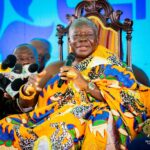Asantehene Commissions Anwomaso Gas Pipeline
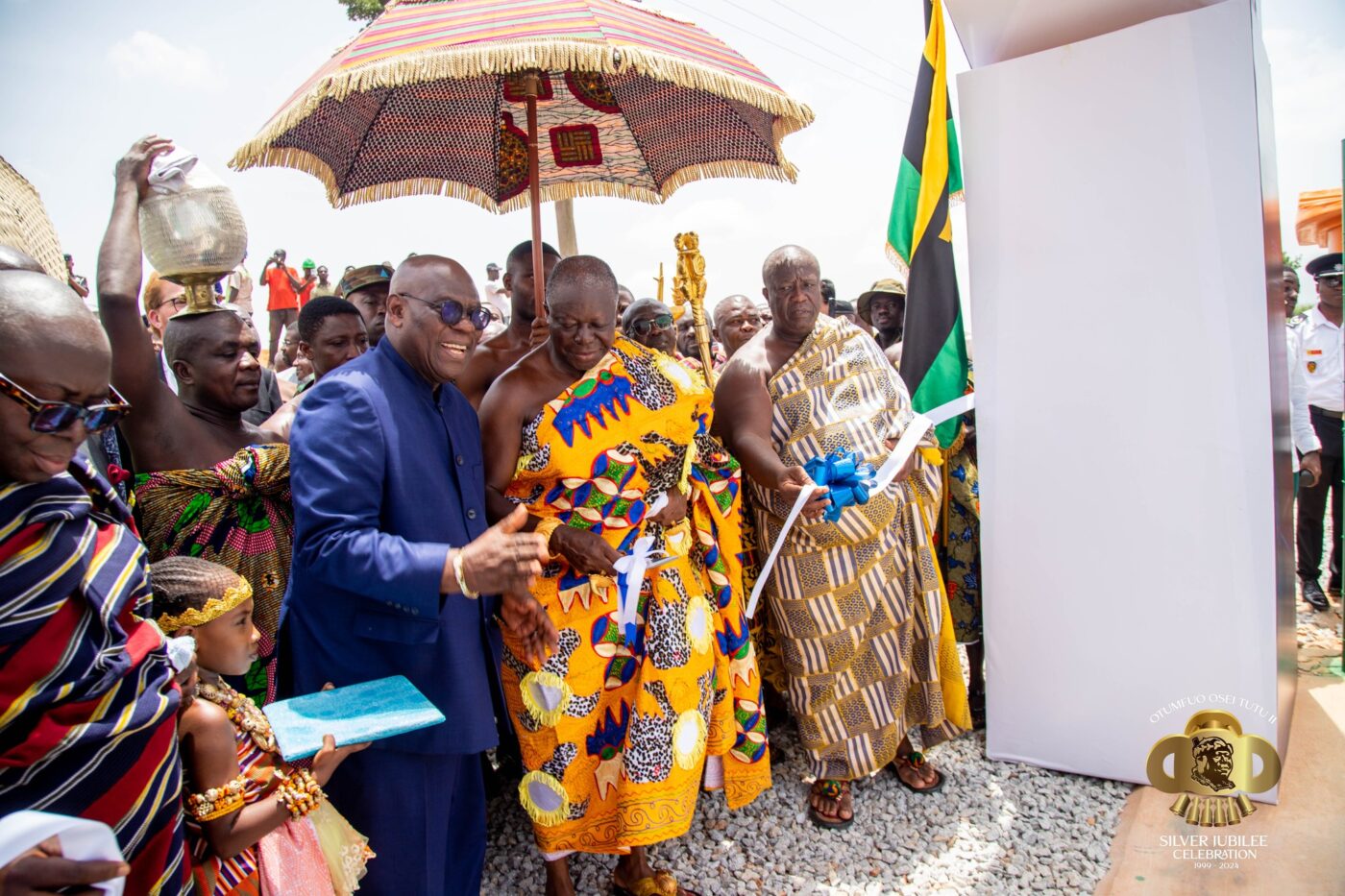
The Monarch of the Asante Kingdom, Otumfuo Osei Tutu II, did Genser Energy Ghana Limited the honour of cutting the ribbon to mark the commissioning of the Kumasi Pipeline PPO2 at Anwomaso in the Ashanti Region.
The pipeline which forms part of the Genser pipeline network spans about 430 km and consists of 23 gas stations supplying natural gas from the Ghana National Gas Company (Ghana Gas) at Prestea Regulating and Metering Station (PRMS), was commissioned Wednesday, April 17, 2024, in Kumasi in the Ashanti Region.
Present at the event were the Minister for Energy, Hon Matthew Opoku Prempeh; former Energy Minister, William Owuraku Aidoo; Deputy Minister for Trade, Nana Dokua Asiamah Adjei; Board Chairman of Genser Power Africa, Nana Osae Nyampong VI; Chairman of the Oppenheimer Generation, Jonathan Oppenheimer; and the Chief Executive Officer of Genser Energy Investments LLC, Baffour Asiamah Adjei, among others.
The PP02, phase three of Genser’s pipeline network, is 110 km in length and consists of five gas stations, three of which are Block Valve Stations (BVSs) located at Miawano, Ntinako, and Adwafo with the other two stations as Regulating Point Station (RPS) located at Gyegyetreso and a Branch Metering Station (BMS) at Anwomaso.
The pipeline network is monitored from Anwomaso BMS and the central control room at Genser RRS in Prestea, using Supervisory Control and Data Acquisition (SCADA).
The lines are fitted with safety devices such as portable and fixed gas detectors, automatic controlled Emergency Shut-down Valves (ESDV) and Pressure Safety Valves (PSV).
Hurdles
The project plan, according to the Minister for Energy, Dr Matthew Opoku Prempeh, was already in place when he took over the Ministry in 2021.
According to him, the plan included a pipeline from Nyinahini through Kumasi through Kyebi and back to Tema with the sole aim of ensuring affordable energy is generated.
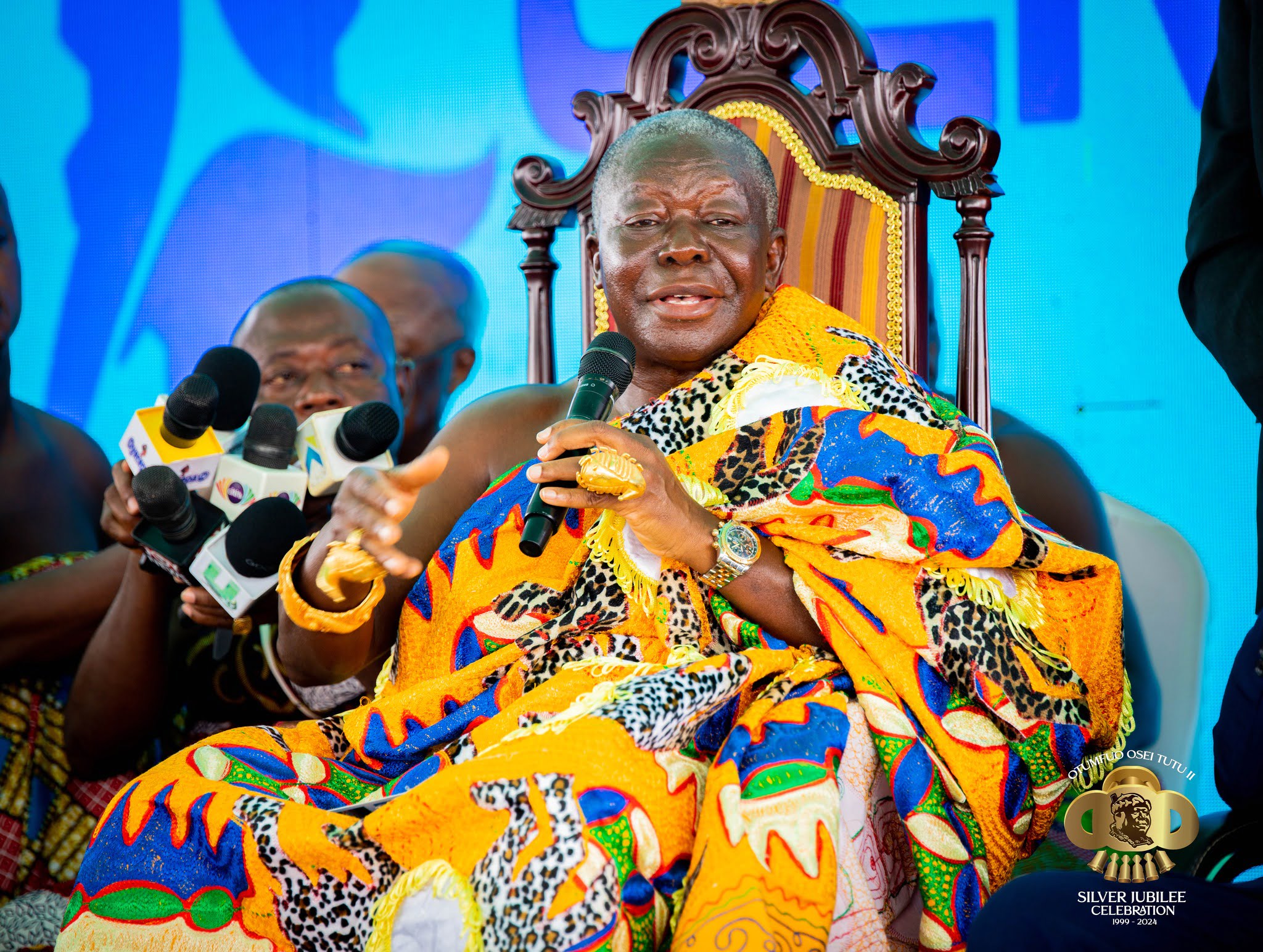
This plan took a nosedive when the government decided to review and exclude Kumasi from the plan and construct the lineup to Nyinahini, Otumfuo Osei Tutu II disclosed at the event.
Addressing the audience, the King said the project was hit with a series of hurdles with some elements of the government dragging the noble fight for the project along tribal lines and engaging in false accusations.
“My son and grandson (Matthew Opoku Prempeh and Baffour Asamoah Agyei) here were accused of taking some bribes from the company (Genser Energy). Estimation found that the entire project with Kumasi included would be more cost-effective and prudent while it would be higher without Kumasi; however, there was still opposition to it.
“There were a lot of hindrances to the project. Meanwhile gas supply here would facilitate power delivery here and in other parts of the country. Some people (in government) also accused my son and grandson here of taking bribes from the company. It was all over in the newspapers. Along the line, they (the government) insisted it is impossible to construct a gas pipeline here (Kumasi) and so it must be done up to Nyinahini, meanwhile, the extraction of the bauxite has not yet commenced.”
He wondered why the government tried hampering the project which was being funded by a private sector when it lacked the financial capacity for it.
He noted that the project would stabilize affordable energy supply not just in the region but also in the northern sector of the country.
Commendation
His Majesty acknowledged the contribution of the Ministry of Energy and Genser in the establishment of the company and underscored the significance and capacity of the private sector to the development of any country.
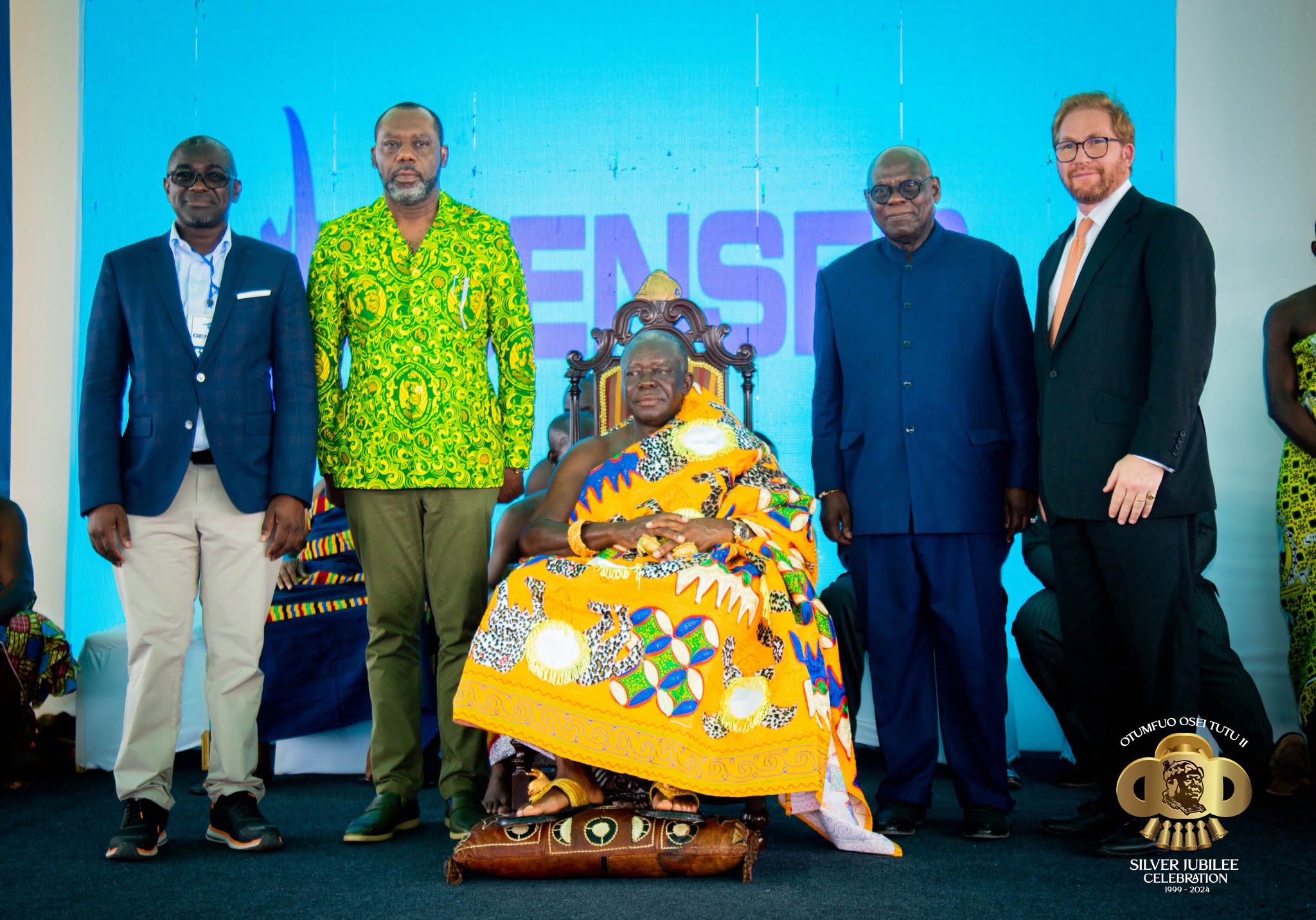
He further used the occasion to call for the privatization of state enterprises such as the Volta River Authority (VRA) and the Electricity Company of Ghana (ECG) for their effectiveness and efficiency.
“VRA is a government establishment, let’s give it out and divert it to the private sector and get the right people to man it so that we make money. GRIDCO is a private company, let’s give them the money, get qualified people and let them do it. ECG is in a situation we do not know. That company must be given to a private entity, why are we holding onto something when you don’t have the money…We hanging on to industries that we cannot maintain and run. It’s about time we faced reality and decided on what the government should do and the private sector to do.”
Speaking at the event, Nana Osae Nyampong VI said but for the encouragement and backing of Asantehene, the project would have remained a dream and a sketch on paper.
“There were times I was discouraged but you always egged me on and that is why you are seeing what you see today. I am very grateful to you.”
He shared the opinion that the state must only serve as regulator and not managers of enterprises.
“Today’s function is indeed palpable evidence of what private endeavour can do as against what a government entity could achieve. Although some of these entities are useful for monitoring and regulatory purposes, the vesting of all new projects to one entity can result in delays in the delivery of projects to the citizens’ need.”
Growing Ghana
For his part, the Chairman of the Oppenheimer Generation, Jonathan Oppenheimer highlighted his company’s objective in their operations in Africa for the past century which focuses on growing the continent.
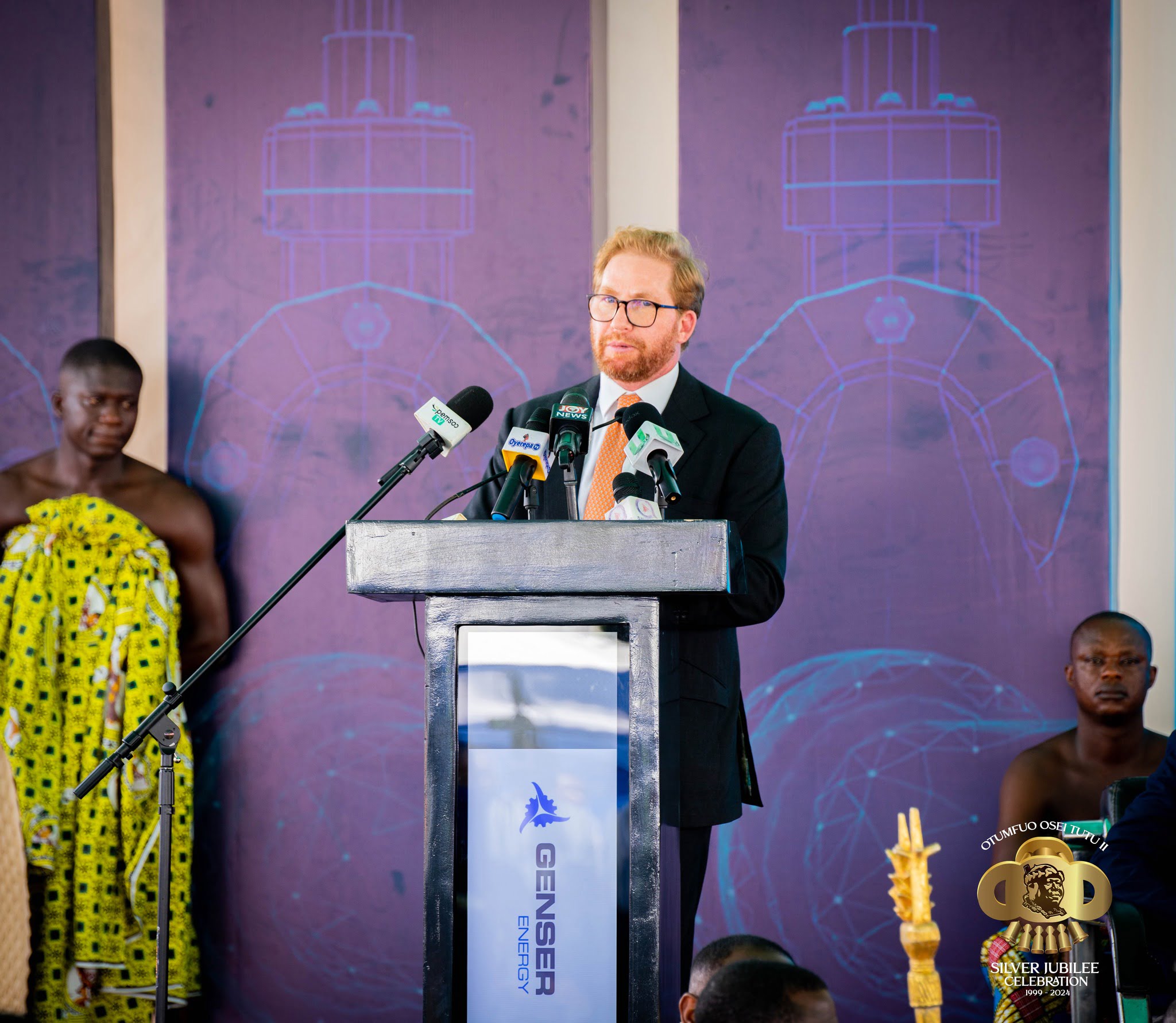
“What we have been doing over the 120 years is to build a business that supports a community as we have been successful in South Africa, Zambia, Zimbabwe, Namibia, Nigeria, Uganda…it’s now time to bring our success to Ghana and Ashanti.”
“Africa needs to grow and Ghana is at the core of that. We need to create a domain where every single person looks to tomorrow and believes it will be better than it is today. That is the challenge that we face. To do that, we need two things: Labour- people to build and create- and we need capital so that that can result in factories and machinery.”
Despite the abundance of opportunities in Africa and Ghana, he said capital has become a challenge and that is where private entities like Genser come in to support growth.
He thus expressed his gratitude to the King of the Asante Kingdom for opening his doors to them.
“Thank you Your Majesty for allowing us to come and participate in the development of Ghana.”
Stable Power
The Energy Minister in his speech said the pipeline would be fed the requisite power supply from the Ameri plant, now renamed the Kumasi 1 Thermal Power Plant (K1TPP).
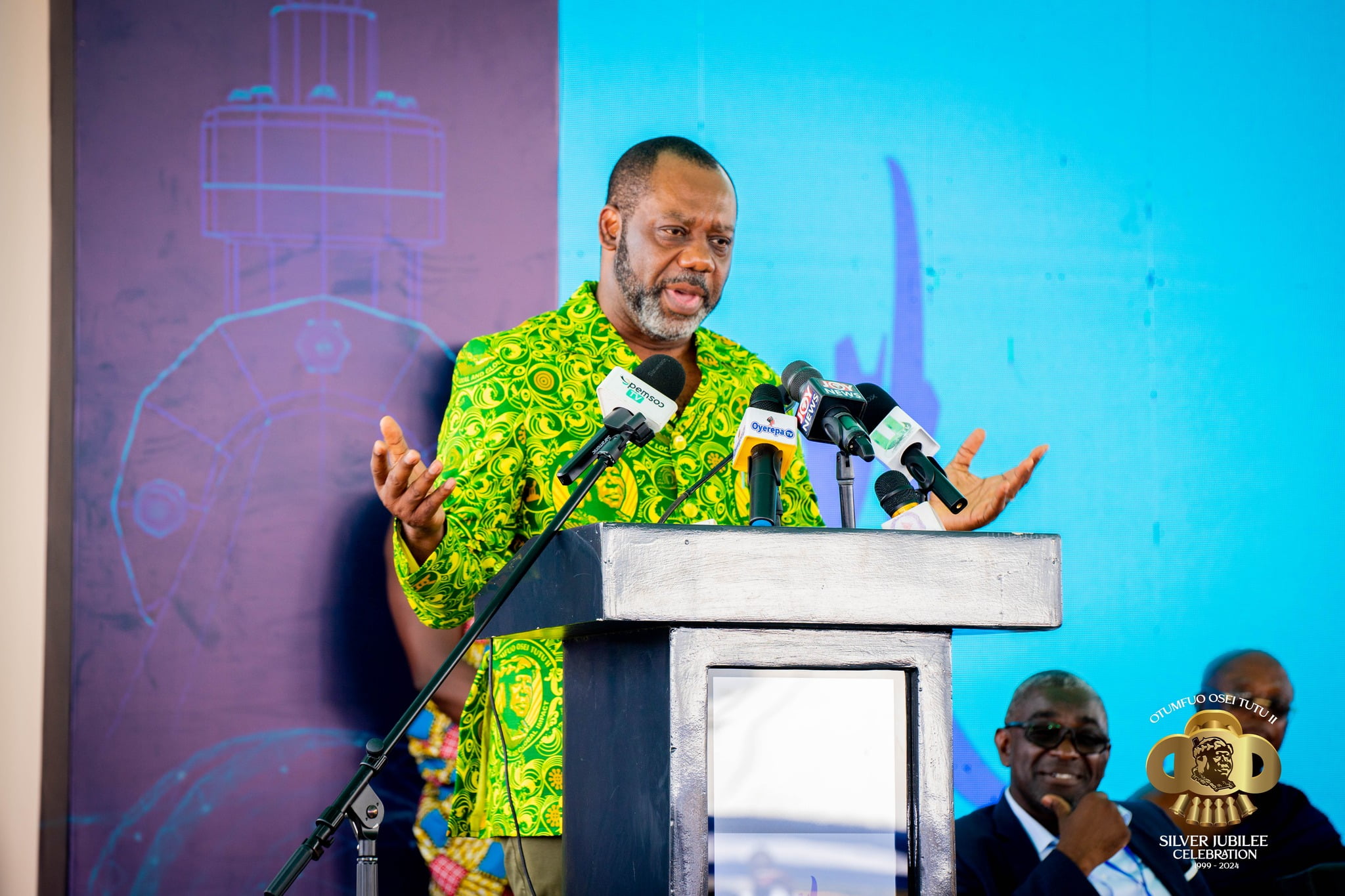
Additionally, he said Akser Energy is building a plant in Kumasi, creating much power in the region to re-bestow the region’s industrial fame of old.
Right Of Way
The PP02 runs along Antoakrom in the Amansie South District, Ahwiankwanta and Kokofu in the Bekwai Municipality, Kuntanse in the Bosomtwe District, and Anwomaso in the Ejisu Municipality.
In these areas, the CEO of Genser Energy Investments LLC, Baffour Asiamah Adjei underscored the need to keep safe and monitored at all times.
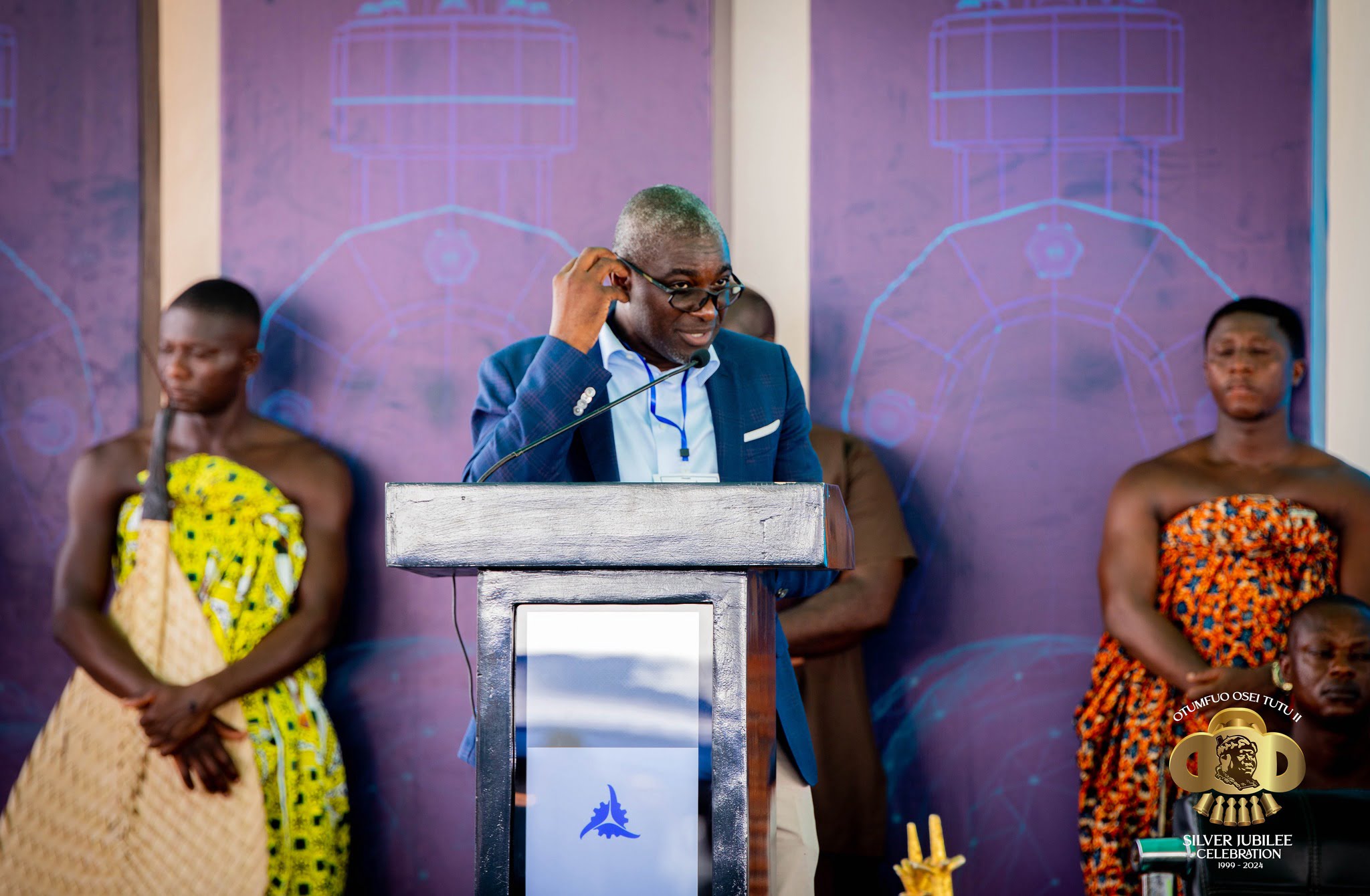
As such, he said it had been suggested that they engage farmers and traditional authorities whose jurisdictions are along the right of way to cultivate vegetable farms there to ensure protection.
About the Pipeline
The Genser pipeline network is divided into three phases: phase one (BP01), phase two (PP01), and phase three (PP02).
The first phase spans from Prestea to Tarkwa to Damango and ends at the Golden Star Resource, Wassa Mine while the second phase stretches from Prestea to Gyegyetreso to Manukrom. There is a Branch Point Station (BPS) between Prestea and Gyegyetreso at Humjibre.
From Humjibre BPS, the pipeline extends to Chirano, where there is a Regulating and Metering Station (RMS). The third phase is from Gyegyetreso to Anwomaso in the Ejisu Municipality in the Ashanti Region.
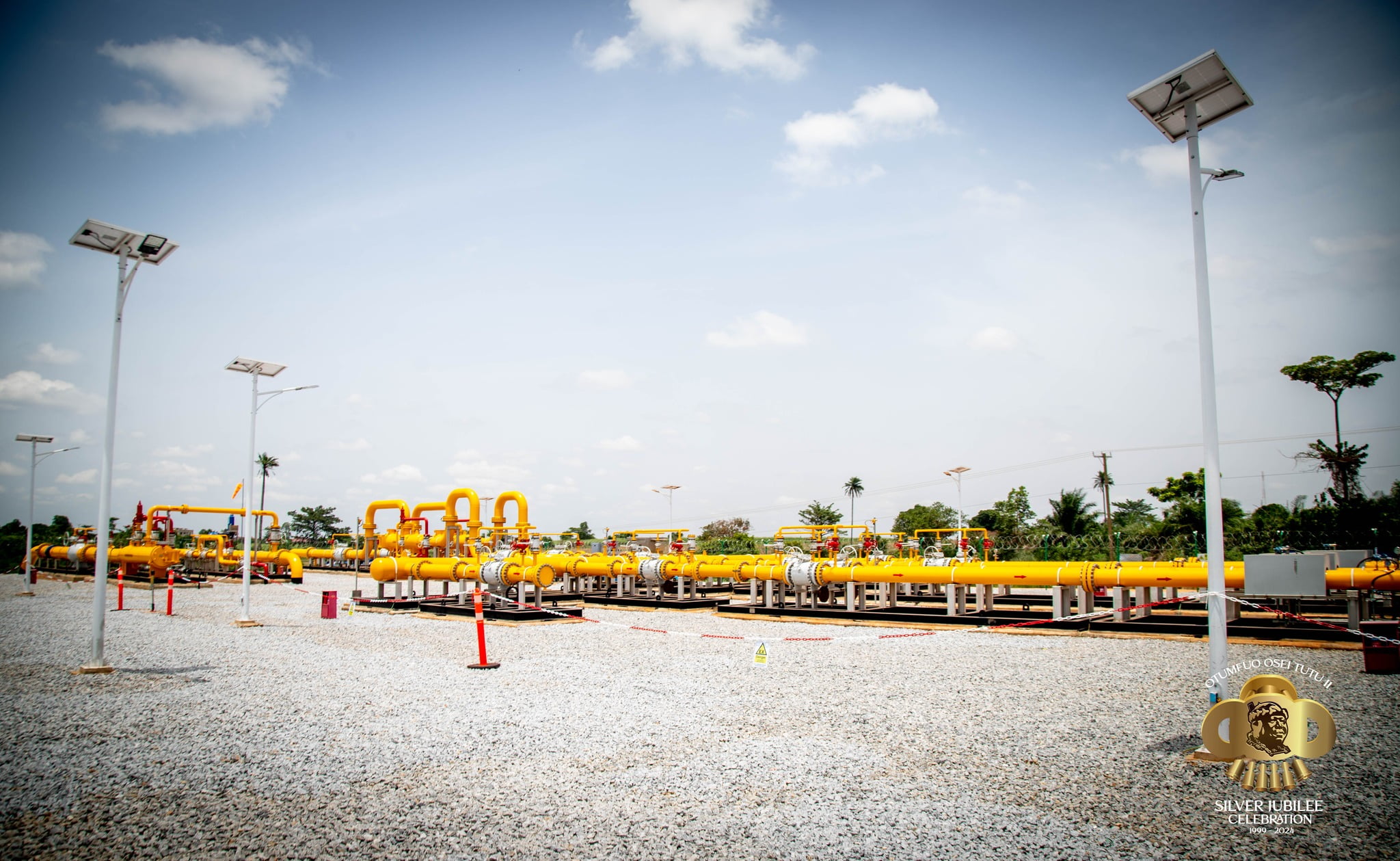
The nominal pipe size used for PP02 is 24 inches with a schedule of 40, making it the biggest Genser pipeline yet. All fittings, flanges and equipment installed on the PP02 have a class rating of 600.
PP02 takes off from Gyegyetreso BPS on the phase 2 network. The distance between Gyegyetreso BPS and Gyegyetreso RPS is about 0.8 km southeast of the BPS. The pipeline then travels northeast at approximately 35.27 km to Miawano BVS. From Miawano, the network runs further east to Ntinako BVS, about 17.57 km. The line then continues to Adwafo BVS, 29.5 km east of Ntinako. The pipeline is terminated at Anwomaso BMS, 26.7 km east.
Comments are closed.

